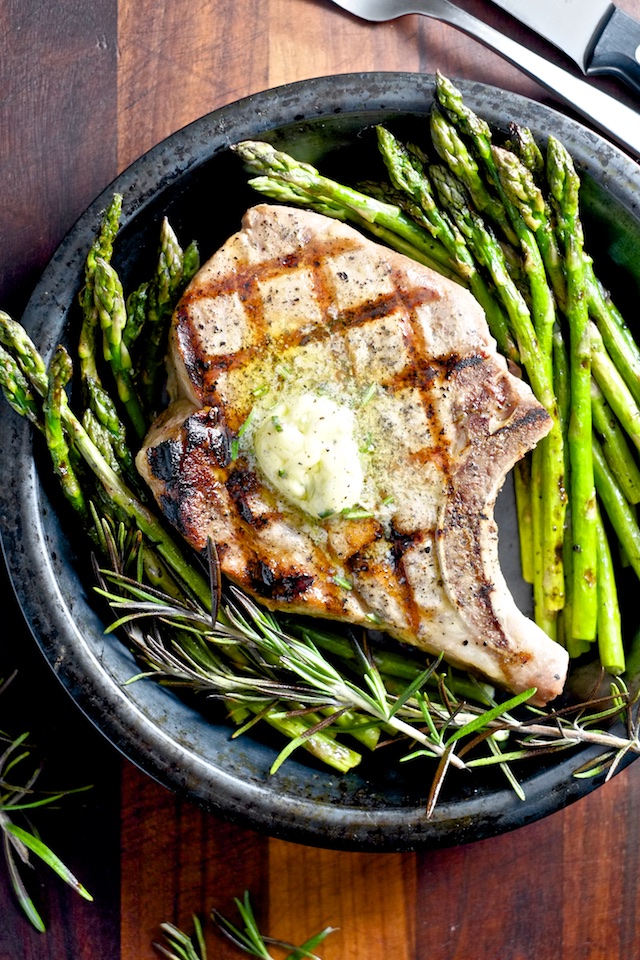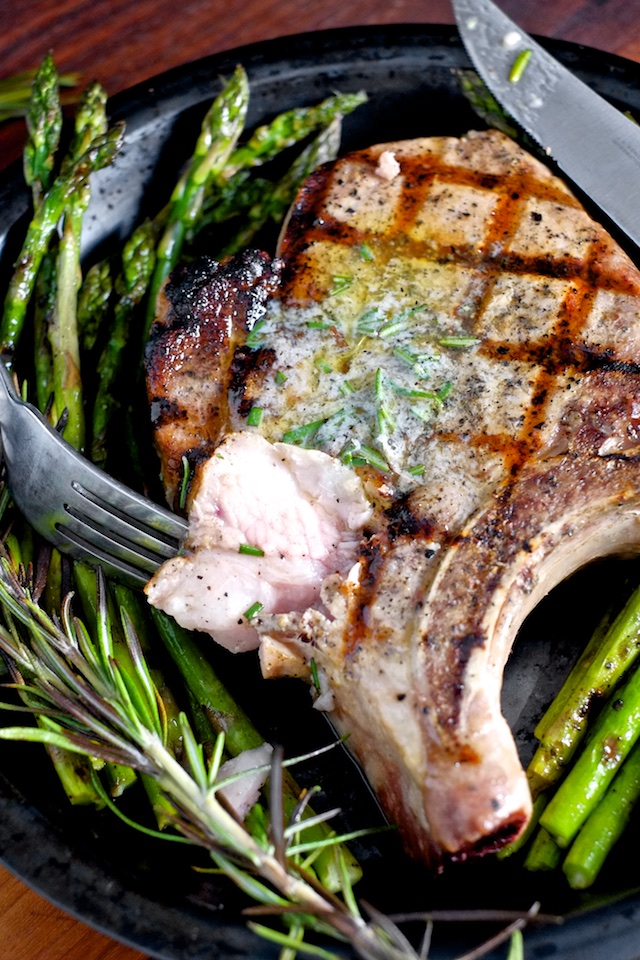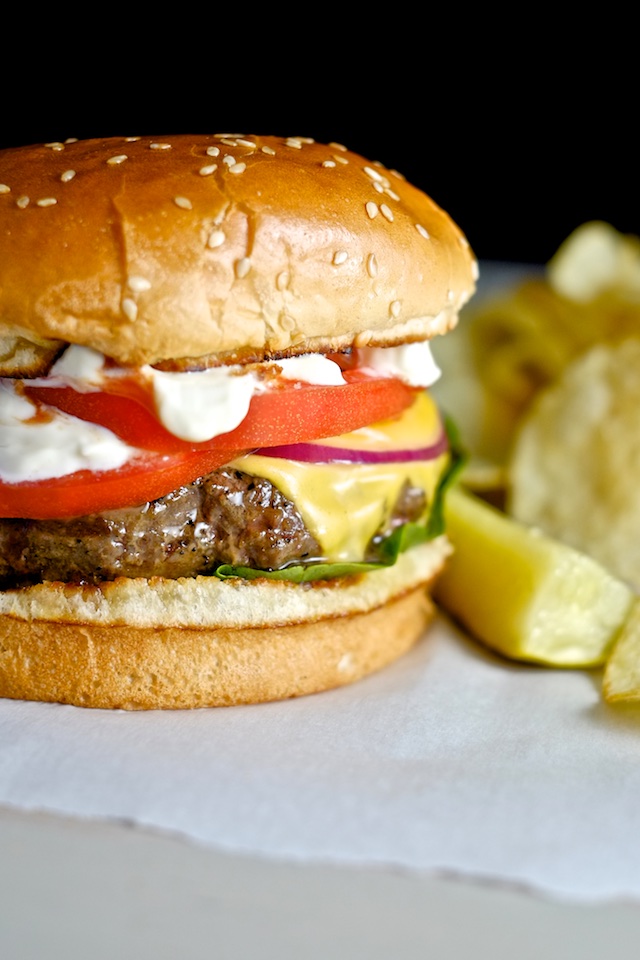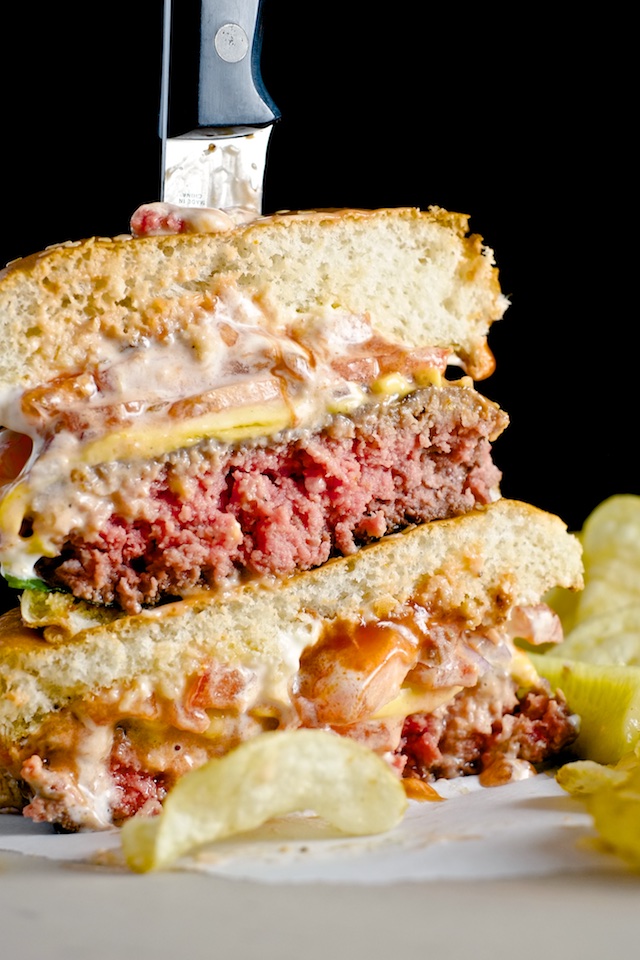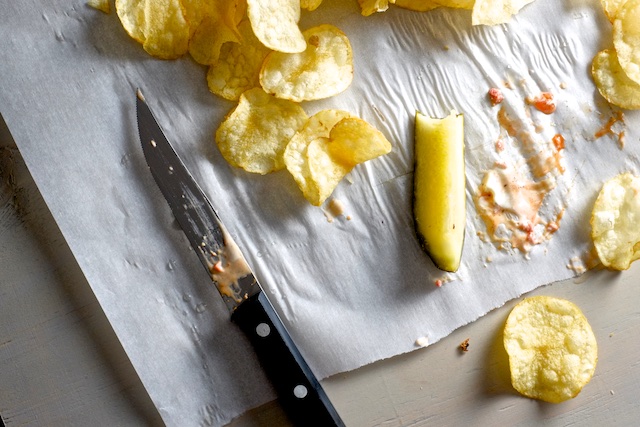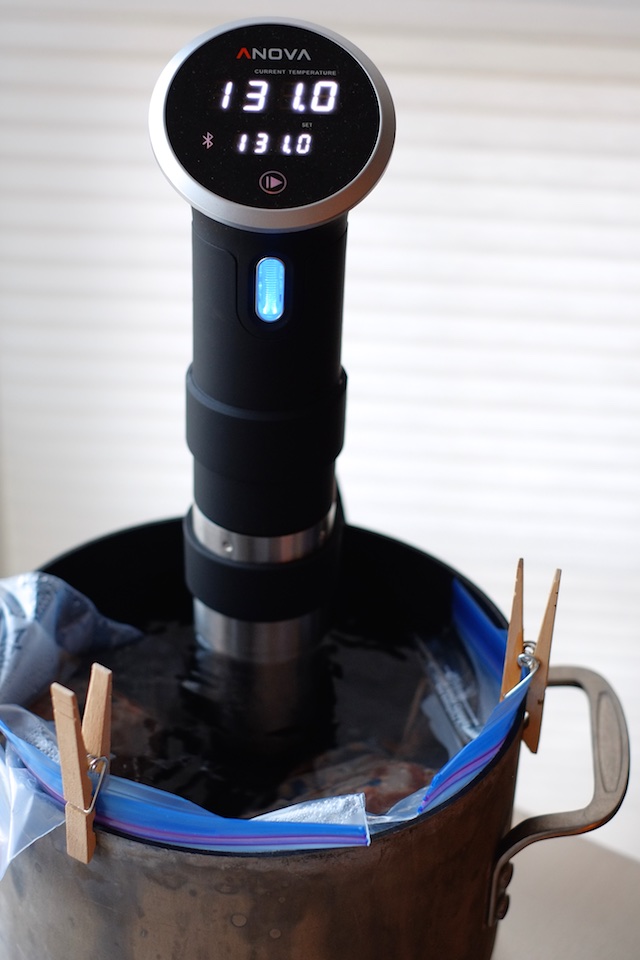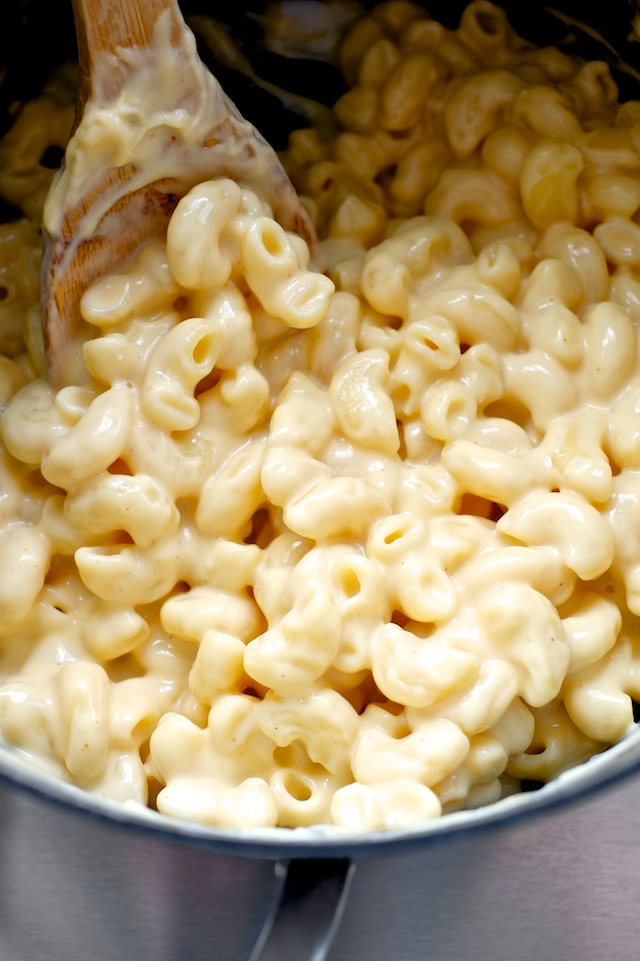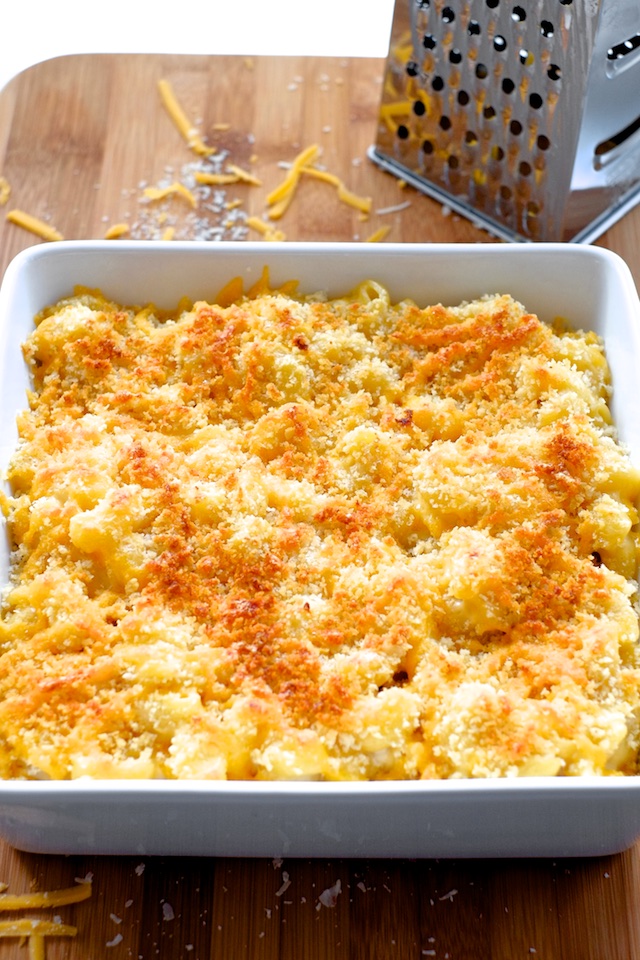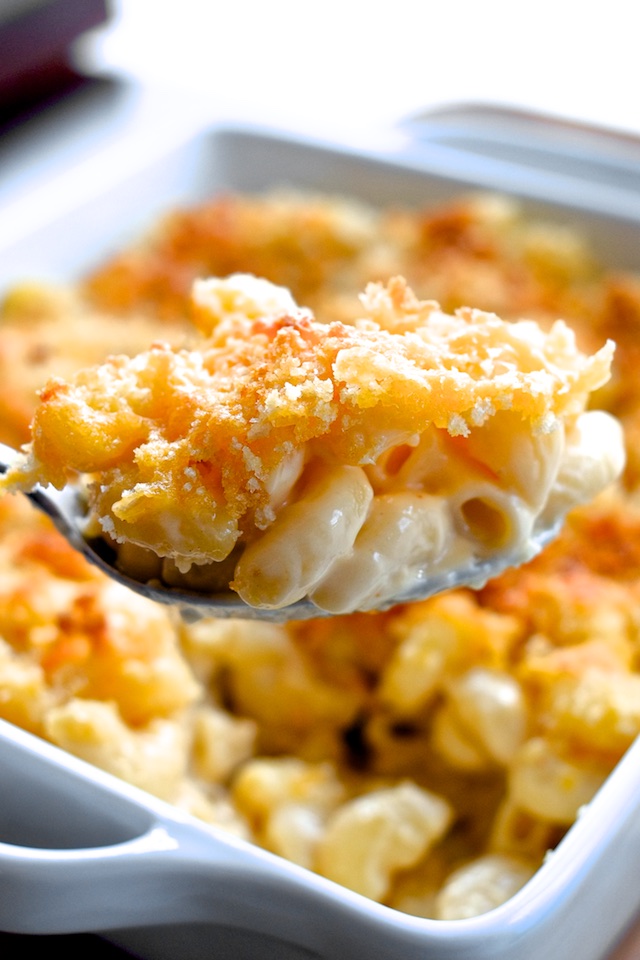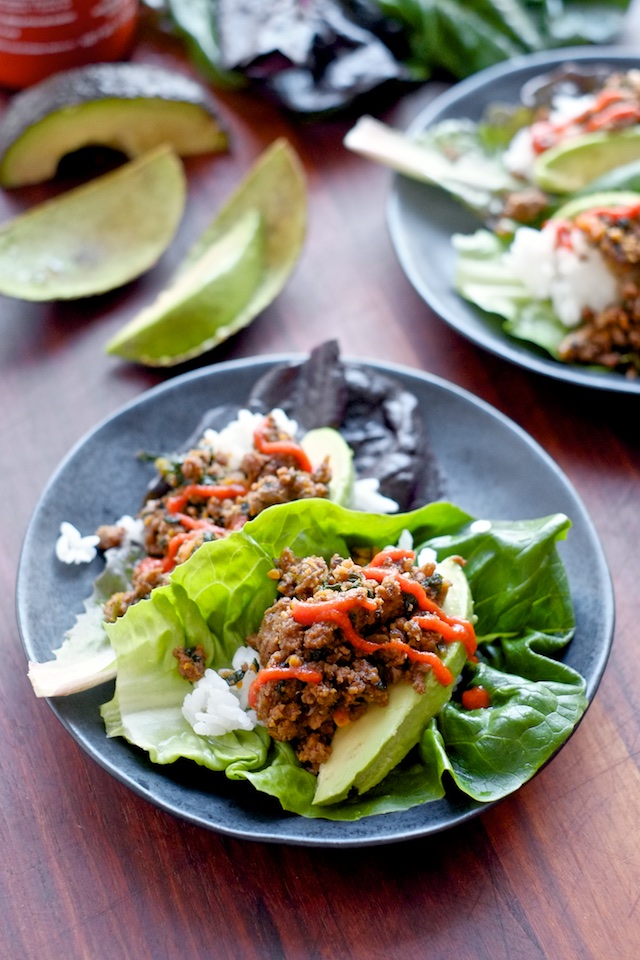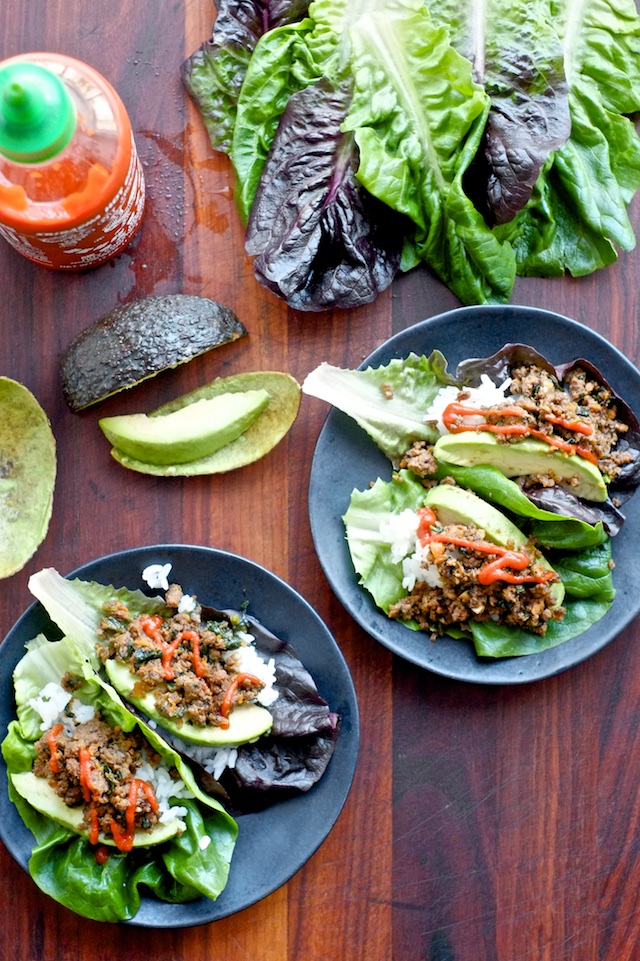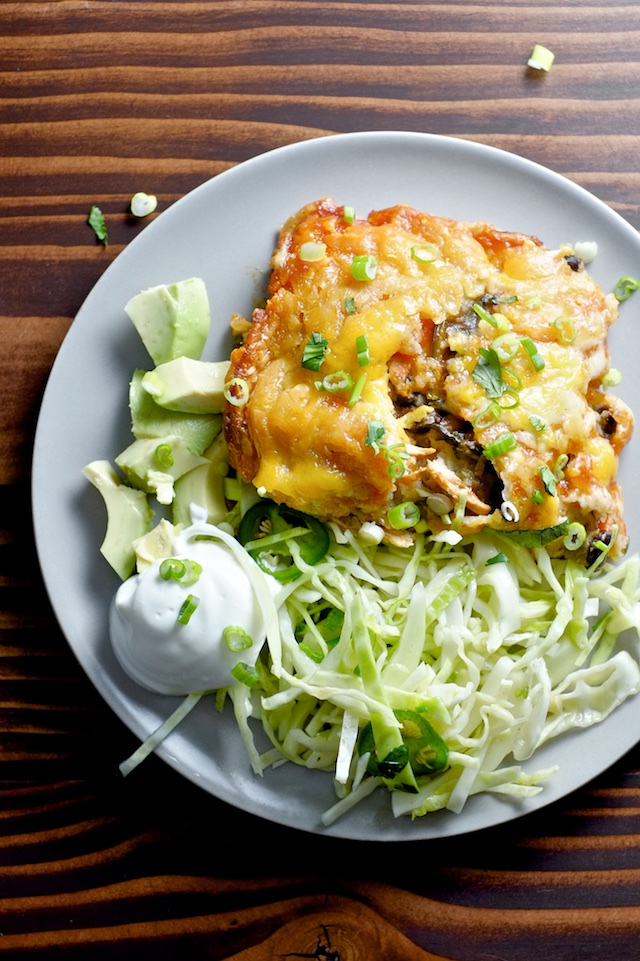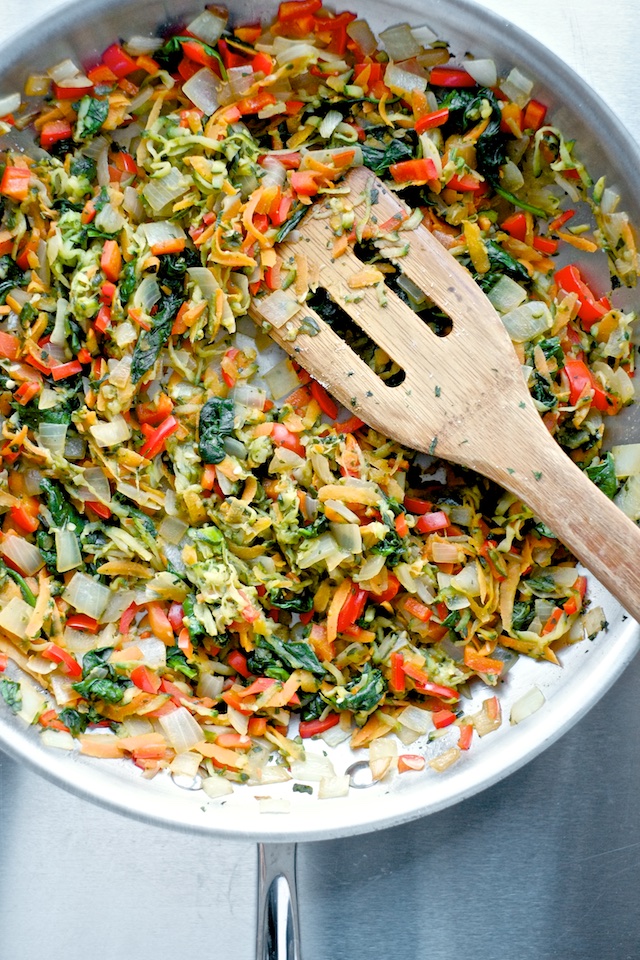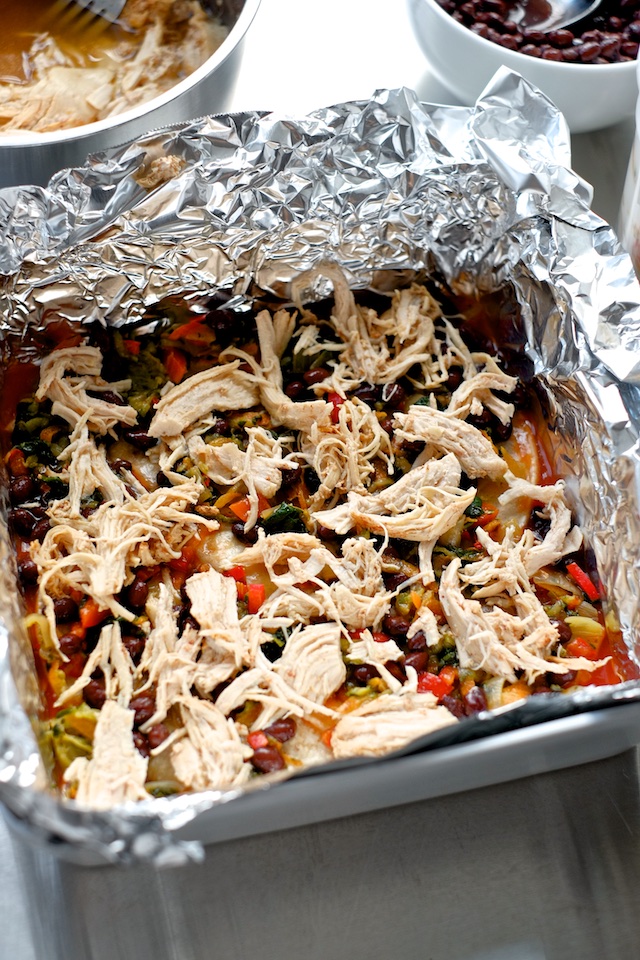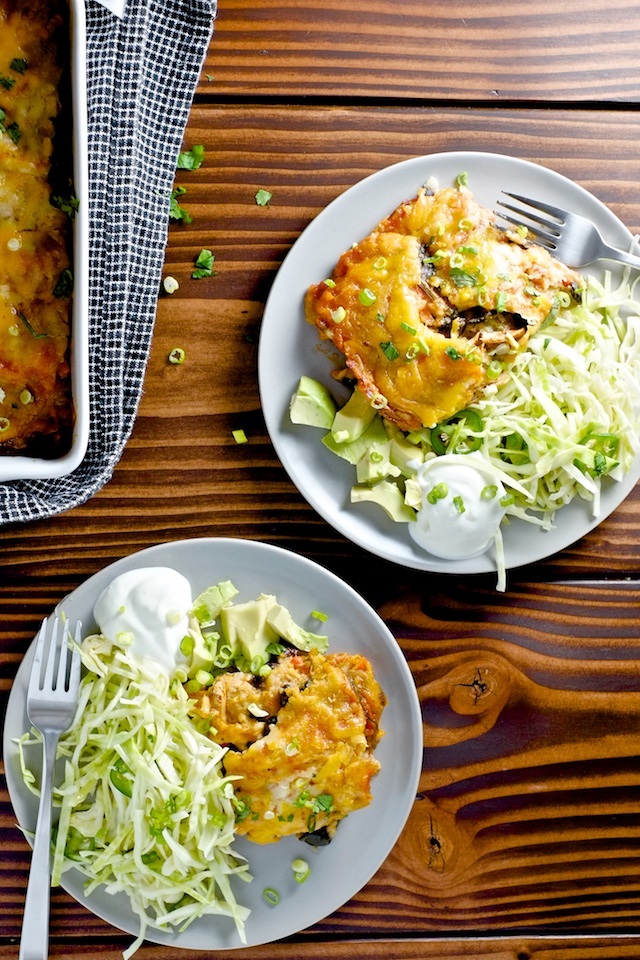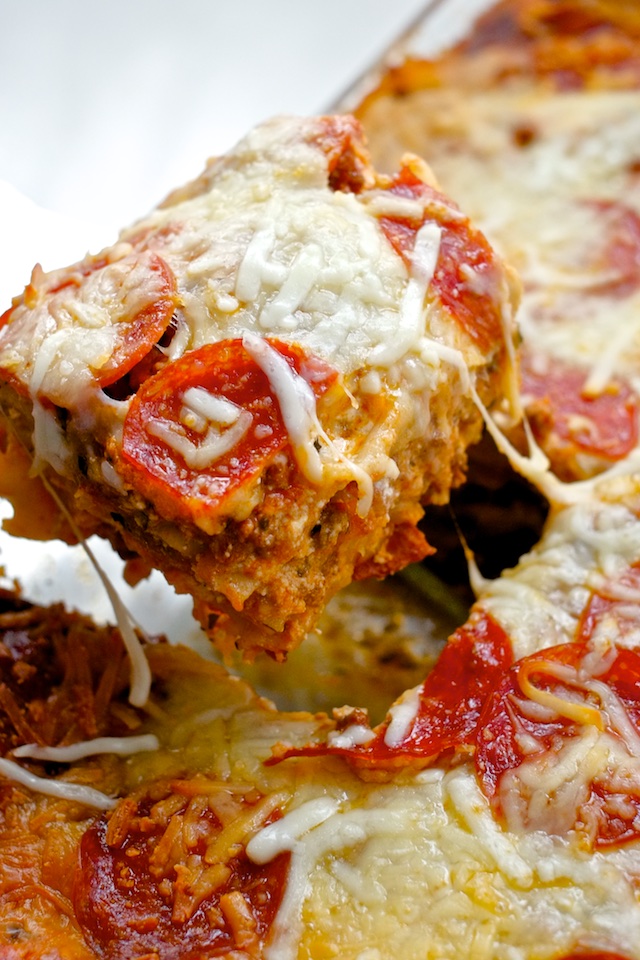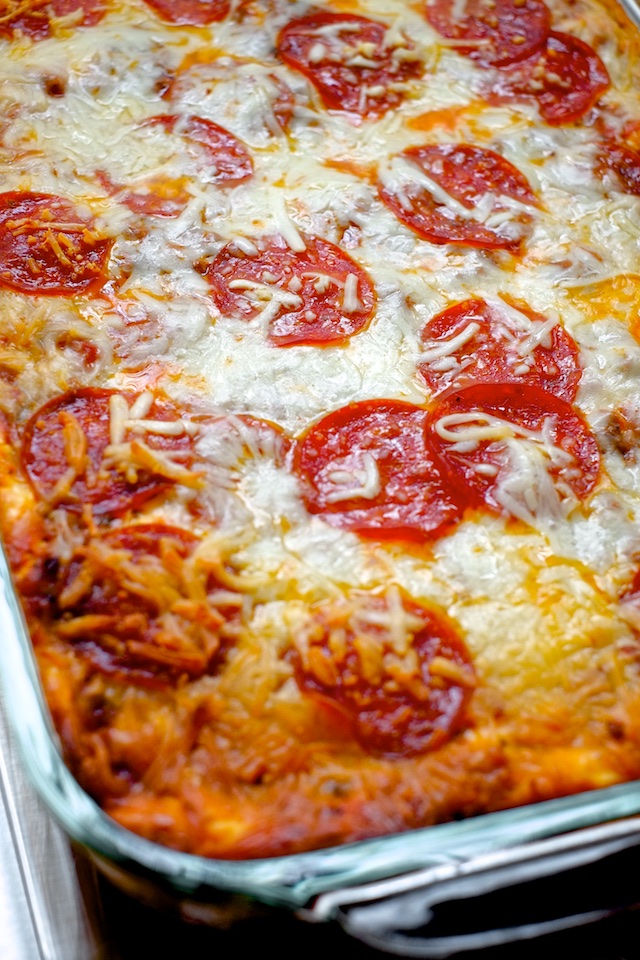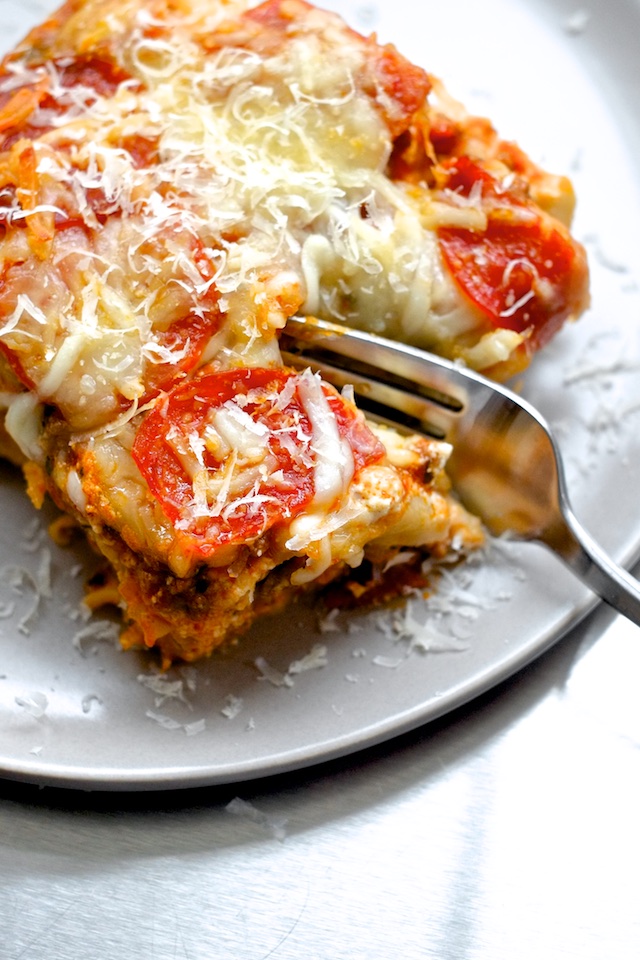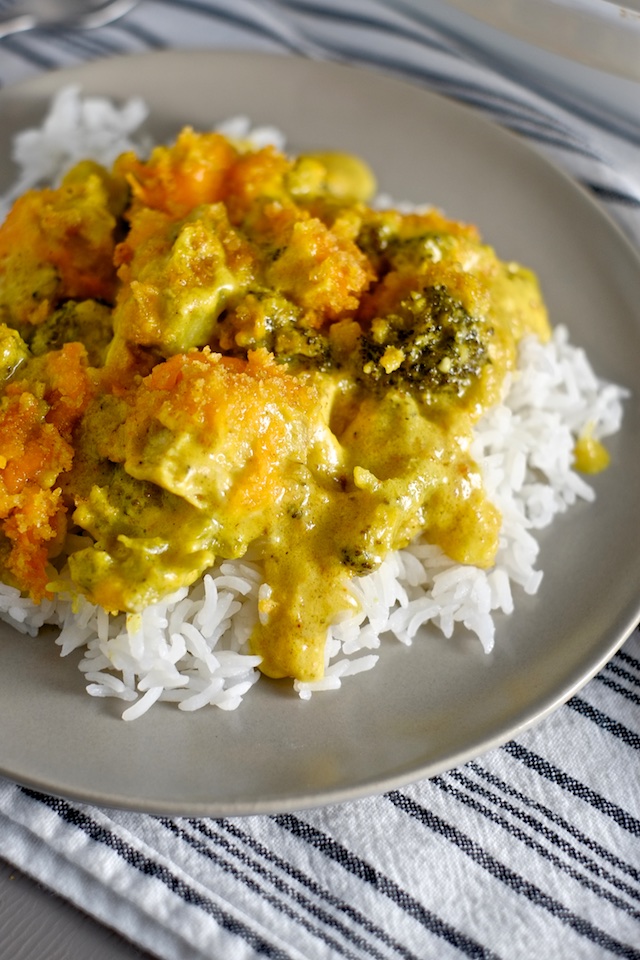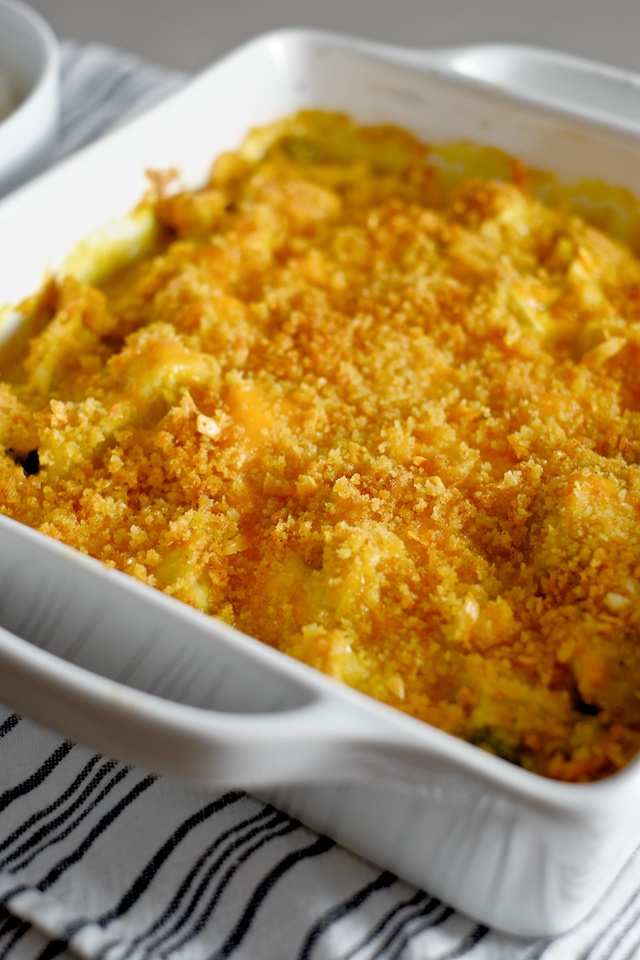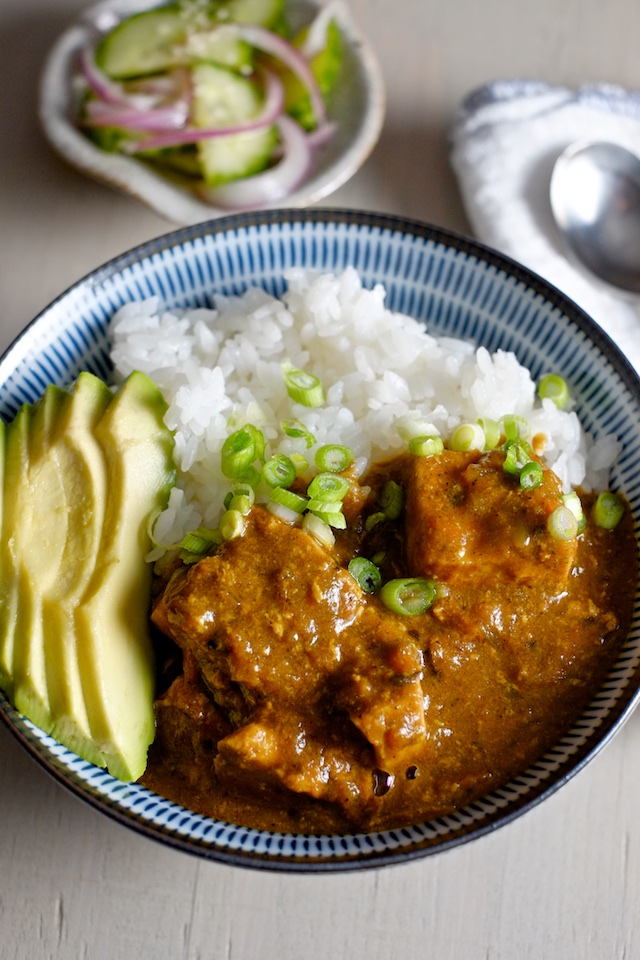
Japanese curry is totally different from every other curry I’ve ever had. To be honest though, the first time I had Japanese curry in Japan I didn’t really like it. My introductory plate was kind of fast-foody and basic, with a cheap beef stew kind of texture. I could tell there were a lot of flavors going on in there, but they were all muddy and overly sweet for me. If you were reading back when I first landed in Japan, you know my first days eating Japanese food were a bit rough, and this sweet curry didn’t help. It was a few more meals before I’d find something I thought was really delicious, and a few weeks before I got accustomed to the general flavors and smells of Japanese food.
A couple of months later I decided to revisit curry at Machi-san’s cafe, and it was night and day different from my first bowl. This curry was complex, spicy, very clearly homemade, and just barely sweet. After flipping out over the deliciousness, returning, reordering, raving to every NASA person that would listen to me, and raining a million “oishii’s” on Machi-san, I asked her if she would share the recipe. She said yes, and spent some time having a friend help her translate it into English for me. On the way home after my four months in Tanegashima, I made a point to stock my bags with packs of her recommended brand of curry flakes and a giant red tin of S&B curry powder.
When I got home I made her curry with chicken according to the handwritten and illustrated recipe she wrote for me and it tasted exactly right. It was really weird, smelling such a familiar Japanese smell in my Maryland kitchen, but it made me happy. I felt “transported” the way some people say food can do, especially when you have a specific memory attached to a particular dish. This recipe, for me, is a place, a time, a phase of my life, and a treasure.
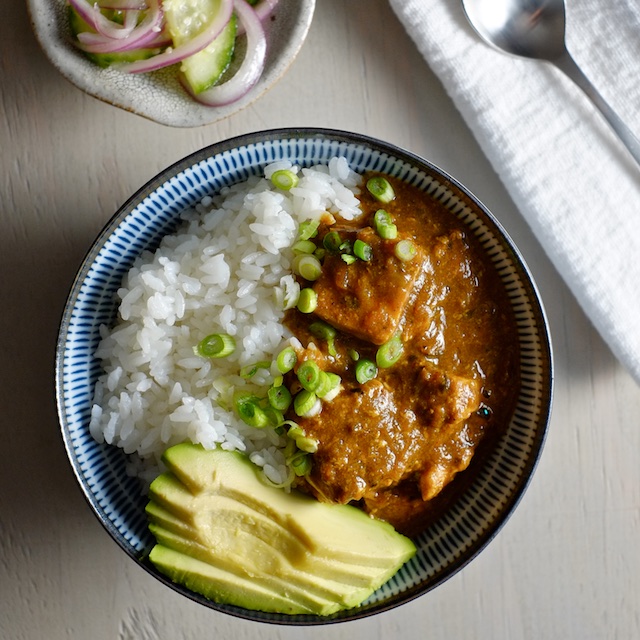
Even if you can’t bring yourself to order the exact, spicy curry roux flakes that Machi-san recommends (which I’ve found here on Rakuten), I’d recommend at least finding some S&B curry powder, which is a bit easier to track down. If you don’t want to have to find curry roux flakes at all, Japanese curry tablets will do. Use enough to thicken 6 cups of liquid.
Because this recipe is a bit of a hassle to collect ingredients for, I recommend making a gigantic batch and freezing the sauce for future dinners (freezing is smart!). I swear, it tastes even better when you have time to forget making it.
The Ultimate Japanese Curry
makes a ton (probably would serve 12-14 at once, half it if you don’t want freezable leftovers)
Ingredients:
Group 1:
-3-4 Tbsp butter
-4 medium onions, diced
-2 large carrots, grated
-2 medium cloves garlic, minced or grated
-2 inch piece fresh ginger, peeled and minced or grated
Group 2:
-2 tsp nutmeg
-4 tsp dried oregano
-4 tsp dried basil
-4 tsp allspice
-2 tsp ground cinnamon
-2 tsp coriander
-1/4 tsp cloves
-3 bay leaves
Group 3:
-5 cups chicken broth
-1 can tomato puree (sauce will also work)
-6 Tbsp S&B curry powder (red can)
-2 180 gram bags Yokohama Hakurai-tei curry flakes, or your favorite curry flakes (or enough of your favorite curry tablets to thicken 6 cups of broth (read this for a taste comparison of some easy to find tablets))
-3-4 Tbsp mango chutney
-white rice (preferably Japanese) and your choice of protein: chicken, slow cooked pork or beef (with carrots and potatoes if you want), or tofu
-optional toppings include: avocado, green onion, a fried egg, even cheese (they do it in Tokyo!)
Method:
1. Collect your ingredients. This recipe has a lot of them, a few of which can be tricky to track down. Before you set yourself on curry, make sure you have all your bits in order. If you have everything, you can dice your onions, mince your garlic and ginger, and grate your carrots.
2. In a large stock pot over medium heat, cook onions and carrots in butter until soft and slightly caramelized. Add garlic and ginger and cook until fragrant.
3. Add all the spices in group 2 and stir. Lower the heat if the garlic or spices brown too much.
4. Add chicken broth, tomato puree, and curry powder and bring to a simmer. Allow to cook for about 30 minutes.
5. Turn off the heat and add the curry flakes and mango chutney. Turn heat to very low and allow the curry to thicken for 10 minutes.
6. Serve on top of your choice of meat or protein (or veggies) and rice. Top with avocado, egg, cheese, green onion, or feel free to get creative (they do in Tokyo).
Freeze leftovers in pint or quart tubs (or freezer bags). Reheat over low heat and stir stir stir until it is returned to its former glory.
